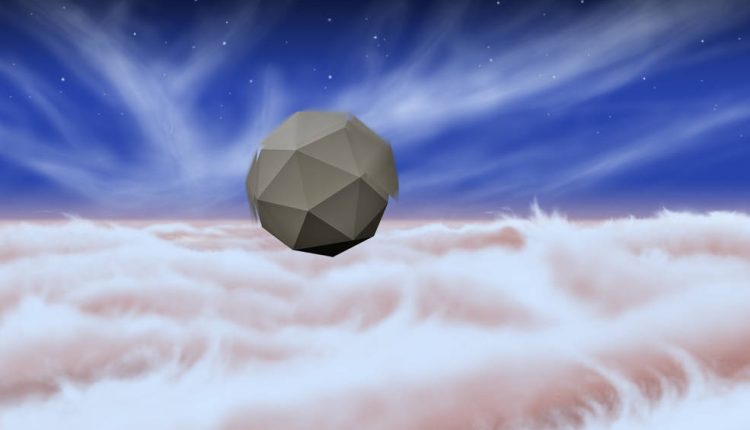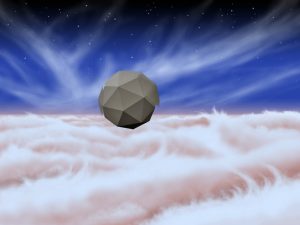
Could we soon send a robot up to Jupiter to float around on wind power?
Engineers from NASA’s Jet Propulsion Laboratory in Pasadena, California, are always exploring new varieties of robots for exploration of our solar system. Recently, they cam up with the idea of a probe that would be buoyant enough to float in the clouds right here on Earth or even on a gas planet like Jupiter.

Now, the JLP crew is doing some research (a one-year, $100,000 program backed by NASA’s Innovative Advanced Concepts program) to see if a windbot is realistic concept. The robot would need to probe designed to remain overhead in a planet’s atmosphere for a long time without wings or hot-air balloons, according to NASA. The team’s study will figure out how to equip future spacecraft with the technology necessary to stay up high and keep generating enough energy to remain there for some time.
After years of studying the solar system, NASA researchers know that sending a rover to Jupiter would not be possible due to its strictly gas environment (with no solid surface for landing). “A windbot could have rotors on several sides of its body that could spin independently to change direction or create lift,” according to a NASA report.
Adrian Stoica, principal investigator for the windbots study at JPL, rules out solar and nuclear power sources for this kind of probe and focuses more on wind, temperature variations and magnetic field as potential energy sources.
In its first attempts at building a physical windbot model, the team is first looking into detail at the types of winds that Jupiter experiences in order to determine the technical requirements. Although not much is known about this type of bot, the team is sure that the robot would need to have a system in place to sense the winds around itself.
At this time the team will not be building a functional prototype, just a model to be used for future studies since windbots may also have future applications in weather studies to help scientists understand turbulent weather right here on Earth, like hurricanes. If a functional version was created, it could transmit data from hazardous environments, opening up a world of possibilities.
